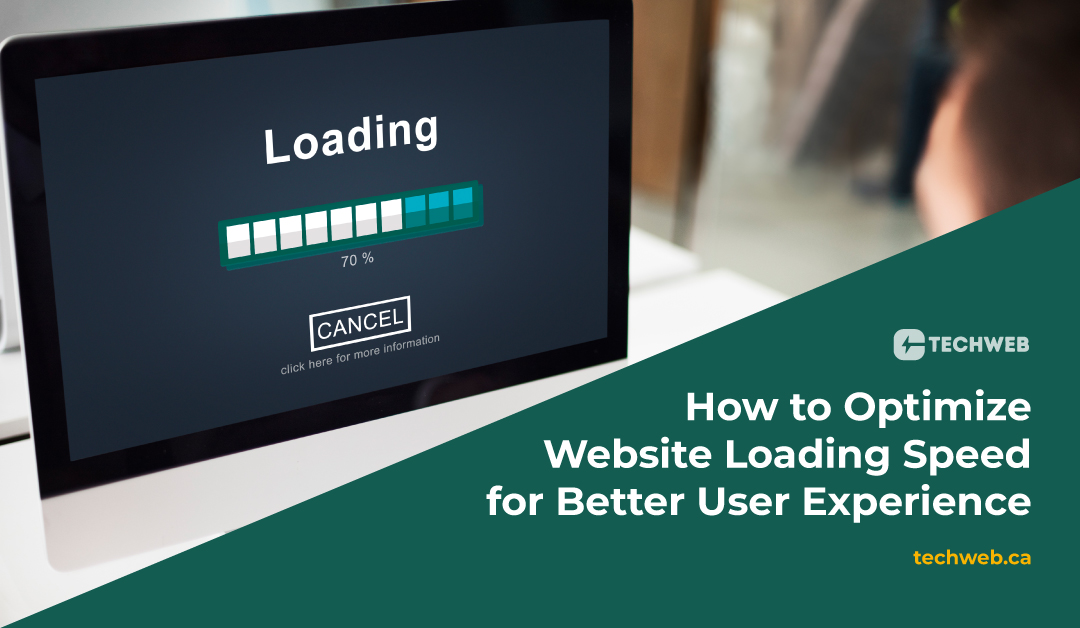How to Optimize Website Loading Speed for Better User Experience
In today’s digital age, website loading speed is a critical factor in providing a positive user experience. Visitors expect websites to load quickly, and any delay can lead to frustration, increased bounce rates, and a negative perception of your brand.
In this blog, we’ll explore the importance of website loading speed and provide you with practical tips on how to optimize it to deliver a seamless and enjoyable user experience.
The Significance of Website Loading Speed
- User Satisfaction: A fast-loading website makes users happy. Slow loading times can lead to impatience, frustration, and abandonment of your site.
- Search Engine Ranking: Search engines like Google consider website speed as a ranking factor. Faster-loading sites are more likely to appear higher in search results, increasing your visibility and organic traffic.
- Mobile Optimization: With the increasing use of mobile devices, a speedy website is crucial. Mobile users, in particular, expect quick load times.
- Conversion Rates: Website speed is closely linked to conversion rates. Faster websites tend to have higher conversion rates, whether you’re selling products, gathering leads, or driving other actions.
How to Optimize Website Loading Speed
- Image Optimization: Compress and resize images to reduce their file size without sacrificing quality. Use next-gen image formats like WebP and lazy loading to improve image loading speed.
- Minimize HTTP Requests: Reduce the number of elements on your web pages, such as scripts, stylesheets, and images. Combining multiple CSS and JavaScript files can significantly reduce HTTP requests.
- Leverage Browser Caching: Use browser caching to store frequently accessed resources on users’ devices. This reduces the need to re-download files on subsequent visits.
- Content Delivery Network (CDN): Implement a CDN to distribute your website’s content across multiple servers worldwide. CDNs cache content and deliver it from the server closest to the user, reducing load times.
- Optimize Code: Minify HTML, CSS, and JavaScript code by removing unnecessary spaces, line breaks, and comments. Smaller file sizes lead to faster loading times.
- Reduce Server Response Time: Optimize your web hosting environment, use a reliable hosting provider, and enable server-side caching to reduce server response times.
- Implement Gzip Compression: Enable Gzip compression on your server to reduce the size of files transferred to the user’s browser.
- Eliminate Render-Blocking Resources: Move critical CSS and JavaScript inline and defer non-critical resources to prevent render-blocking and speed up the initial page load.
- Use Content Delivery Networks (CDNs): CDNs distribute your website’s assets across multiple servers, reducing the physical distance between users and your content and accelerating load times.
- Monitor and Test: Regularly monitor your website’s loading speed using tools like Google PageSpeed Insights, GTmetrix, or Pingdom. Test your site on various devices and browsers to ensure a consistent user experience.
Website loading speed is a crucial element of a positive user experience and plays a significant role in search engine ranking and overall success. By implementing the optimization techniques mentioned in this blog, you can significantly improve your website’s loading speed, reduce bounce rates, enhance user satisfaction, and ultimately boost conversions. Remember that a faster website not only benefits your users but also your business’s bottom line.

